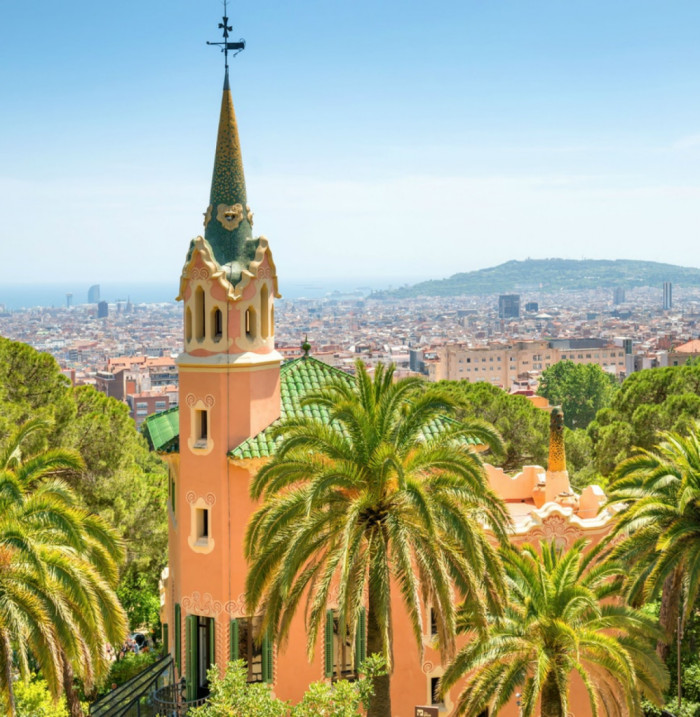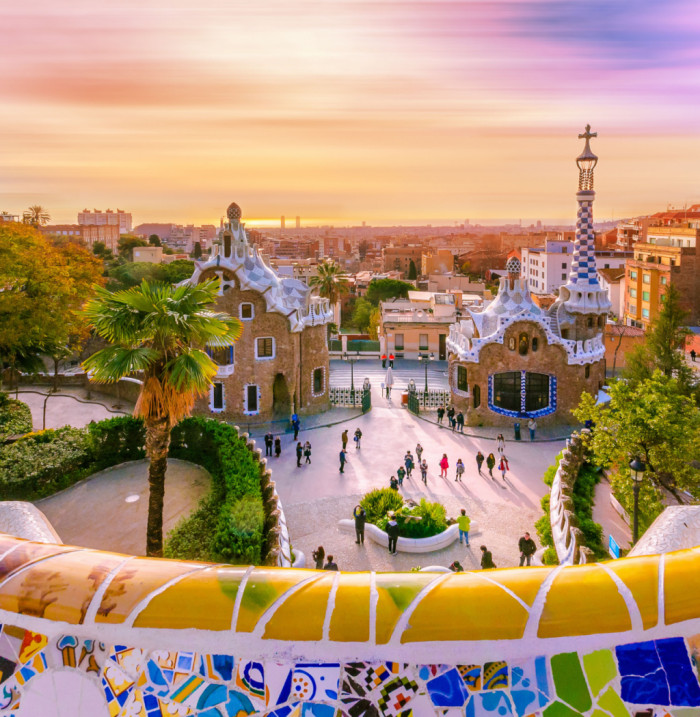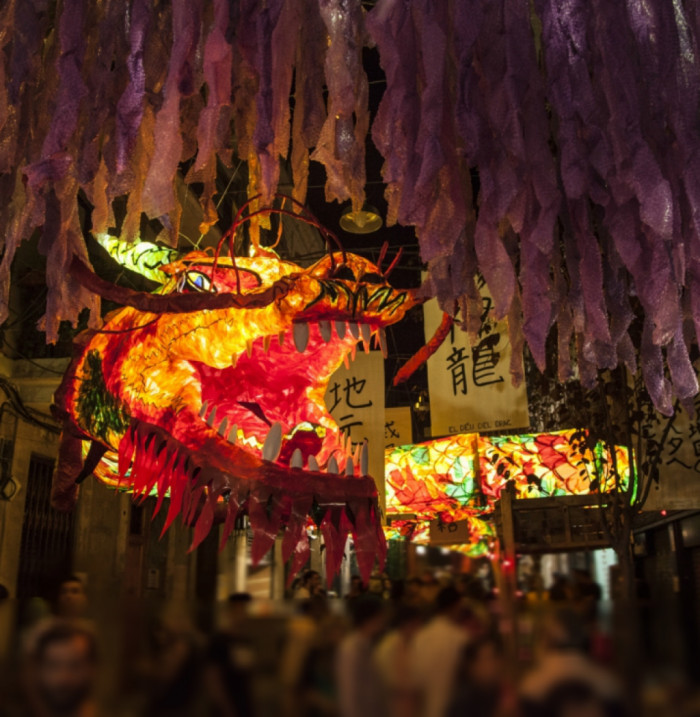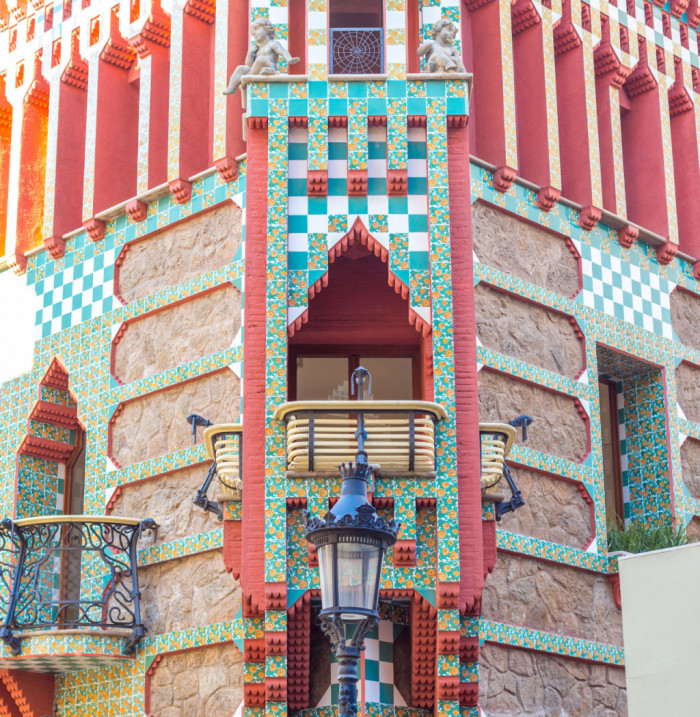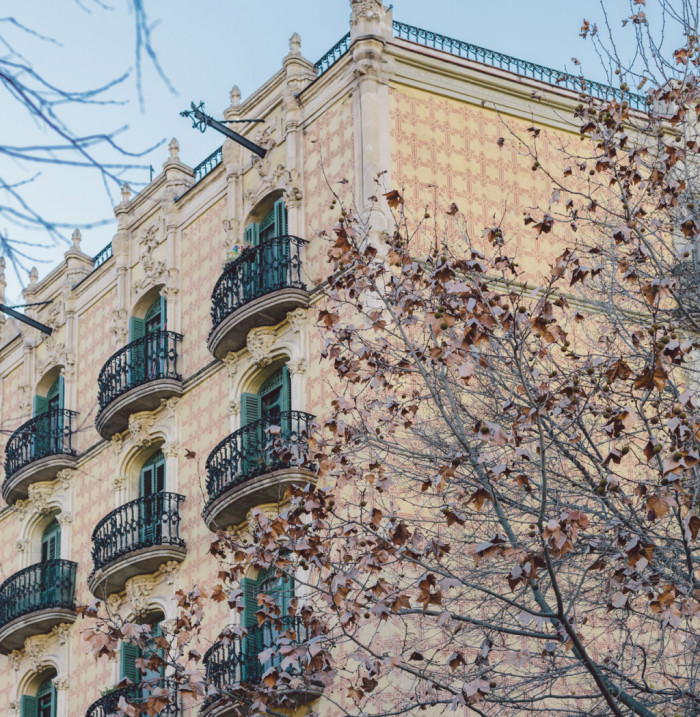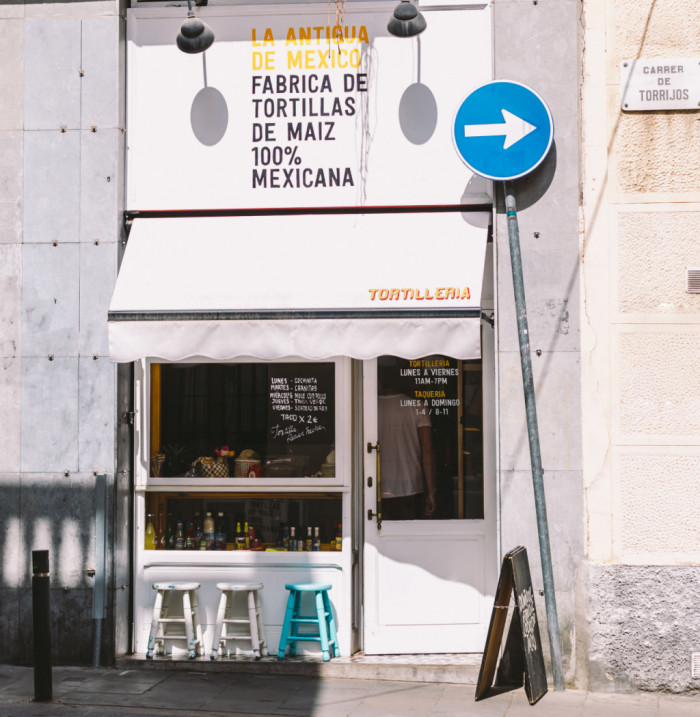- Open Air
- Leisure
- Open Air
Over the course of history, it’s gone by different names, while always carrying out the same function: the administrative center.
Metro: L3 (Green) - Fontana & L4 (Yellow) - Joanic
Plaça of the East, Plaça de la Constitución, and Plaça de Rius i Taulet are just some of the names this square in Gràcia has gone by over the years. That is until consultation with the general public gave it the name that it has today, Plaça de la Vila de Gràcia, in reference to the nearby municipal building. The square is today considered the heart and soul of the neighborhood; the place to visit in order to carry out official business, and the spot that the locals chose to immortalize its historical role, back when Gràcia was its own independent village.
The past lives on today through architectural gems that have survived to modern times. Some are of such rich visual interest that the entire complex has been added to the Catalonian Architectural Heritage. The first is the municipal headquarters itself, a structure built in the latter half of the 19th century, which was later reformed in the Modernist style by Francesc Berenguer Mestres, city architect as well as a close friend and disciple of Antoni Gaudí. Sitting by its side are two adjacent buildings that also date back to the 19th century.
But if there’s one element that really ties the space to its glorious past, it’s without a doubt the Bell Tower of Gràcia that rises up from the center of the plaza. It was built between 1862 and 1864 by Antoni Rovira i Trias and features a clock tower and bell that acquired legendary fame during the so-called Revolt of the Quintas, in which the residents of Gràcia rose up against the conscription order imposed by the Spanish army on all young men in the country. When the troops arrived to seek out recruits, the bell tower gave a warning sign and soon became the troops’ target. They bombarded it incessantly, incensed by its pealing. Although the troops couldn’t destroy it, they did do it significant damage. Still, the bell (called Marieta) continued to carry out its function even stronger and louder during the five days that Gràcia found itself under siege.

